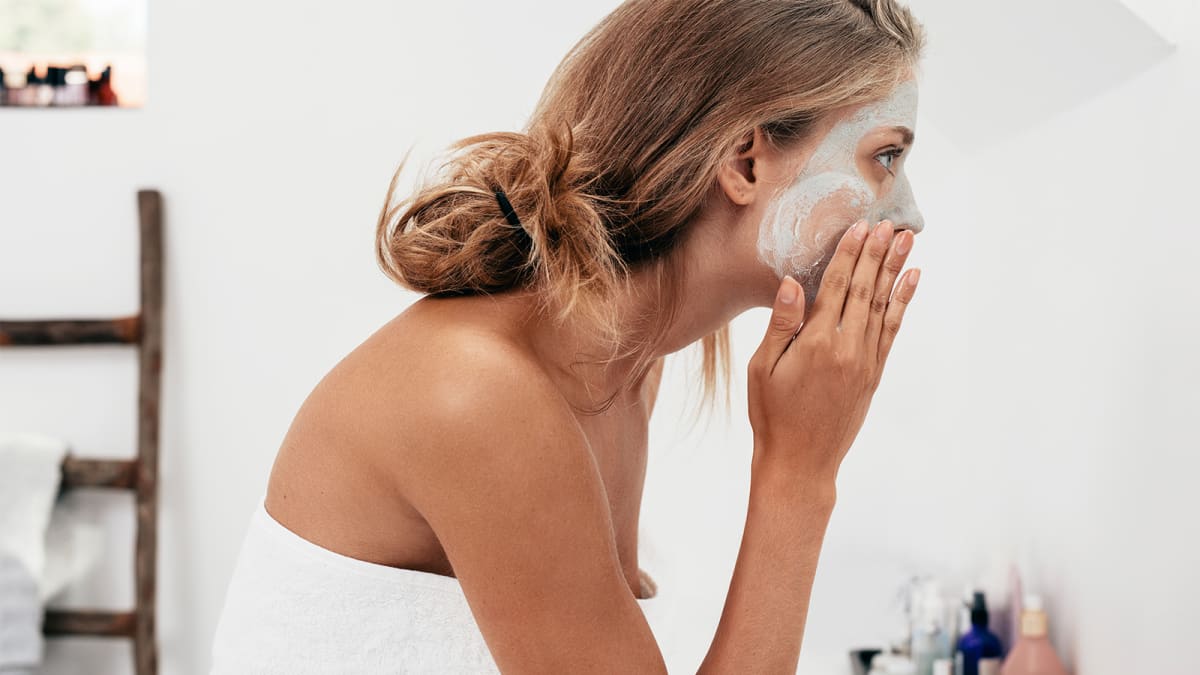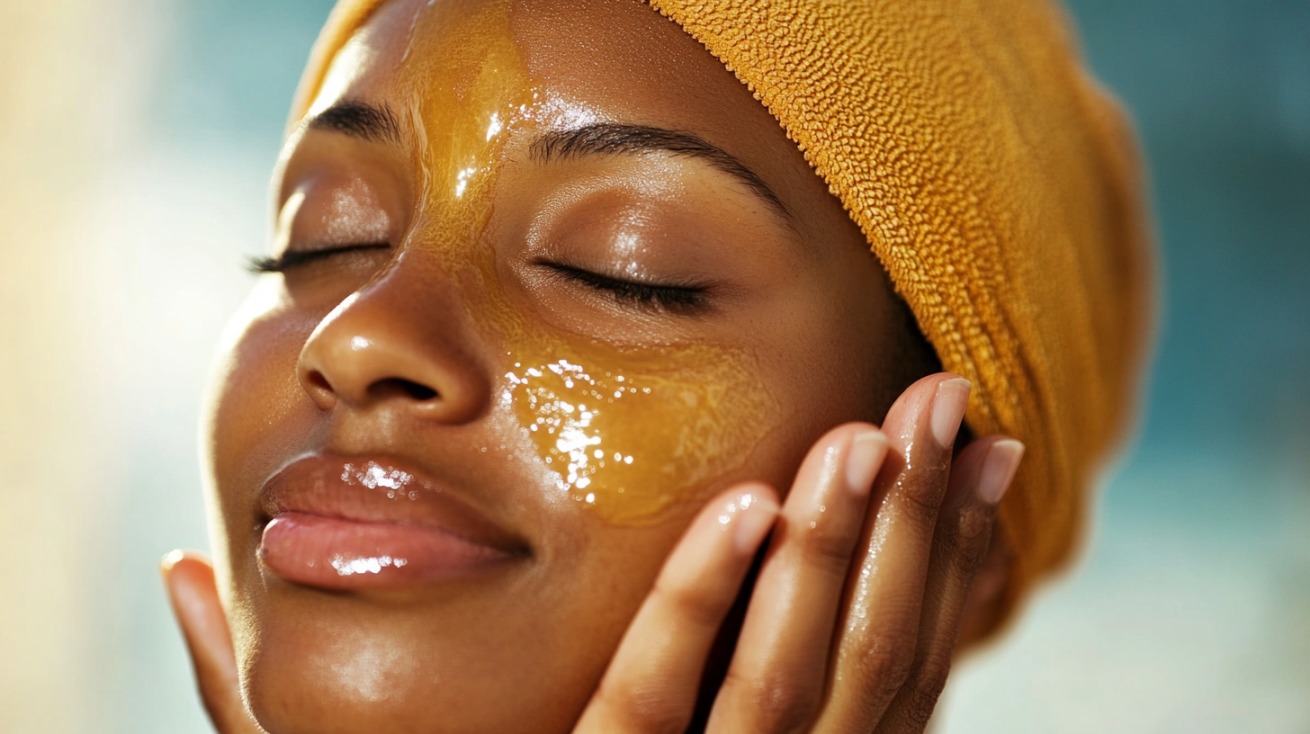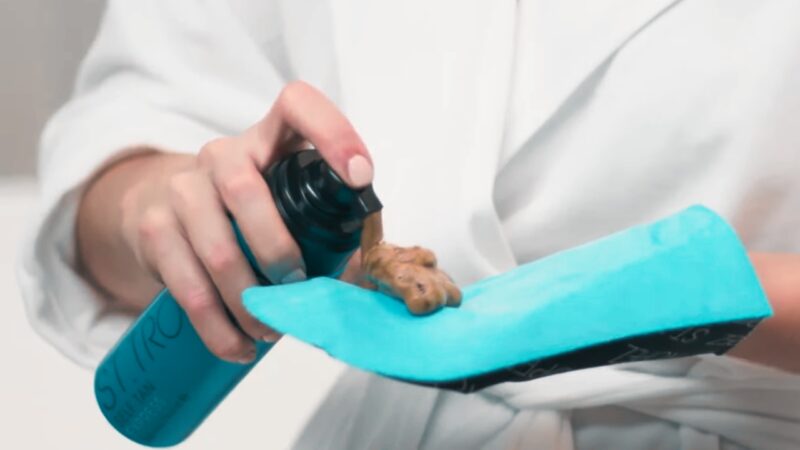
Share Post:
Tanned skin often carries a cosmetic and cultural significance, associated with beauty, health, and luxury vacations. The bronzed look has maintained popularity despite rising awareness about the dangers of UV exposure. That is when tanning oils come into play.
Concerns about long-term damage caused by tanning practices continue to grow. Among the many methods people use, tanning oils have become a common go-to for accelerating results. Quick glow, silky skin, and effortless shine seem irresistible—but they come at a cost.
Tanning oils promise faster results, but their safety and effects on the skin deserve careful attention.
The Purpose and How Does It Work
Tanning oil serves one main function: enhancing the effects of sun exposure. Rather than shielding the skin like sunscreen, it encourages UV rays to interact more aggressively with skin cells. That results in a quicker and darker tan, often with fewer hours in the sun. Still, less time doesn’t always mean less damage.
Acting like a magnifying lens, tanning oil lowers the skin’s refractive index. Reducing the way light bounces off the surface allows more ultraviolet radiation to penetrate.
Sunlight, especially UVB rays, becomes more intense under this effect, driving faster reactions within the skin.
Melanocytes, the pigment-producing cells in the epidermis, respond by releasing melanin, your body’s natural defense against UV damage.
More melanin equals more tanning but also signals stress within the skin. Tanning oils increase the urgency of melanin production, accelerating the process artificially.
- Oils make skin more transparent to UV rays, leading to higher radiation intake.
- Skin cells receive more intense UV signals, leading to faster tanning response.
- Oils minimize reflection, maximizing UV penetration.
- Faster color development often encourages users to spend less time in the sun, but that doesn’t erase the risk.
Tanning oils may feel luxurious and effective, but they push the skin to work under pressure. Speed comes at the price of long-term health if precautions are ignored.
Common Ingredients in Tanning Oils
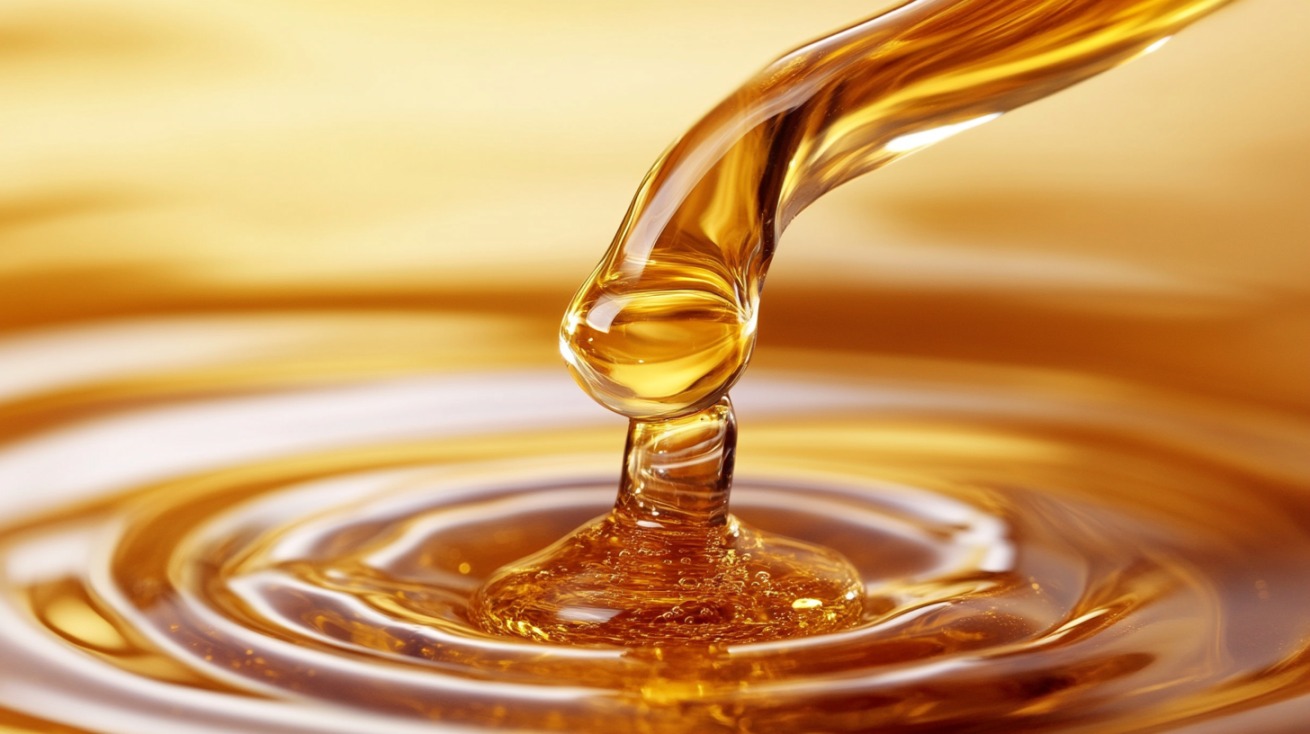
Tanning oils rely on a blend of botanical extracts, vitamins, and emollients to amplify tanning while maintaining a sleek finish on the skin.
While their purpose is to intensify UV effects for a bronzed appearance, the ingredients used also aim to:
- Hydrate
- Soften
- Replenish
Many formulas include agents that not only boost tanning efficiency but also offer a temporary cosmetic benefit by improving skin texture and glow.
Moisturizing Agents
Natural emollients are frequently used to hydrate and protect the skin during sun exposure.
These ingredients are valued for their ability to seal in moisture, smooth rough patches, and prevent dryness—an issue commonly aggravated by prolonged time in the sun.
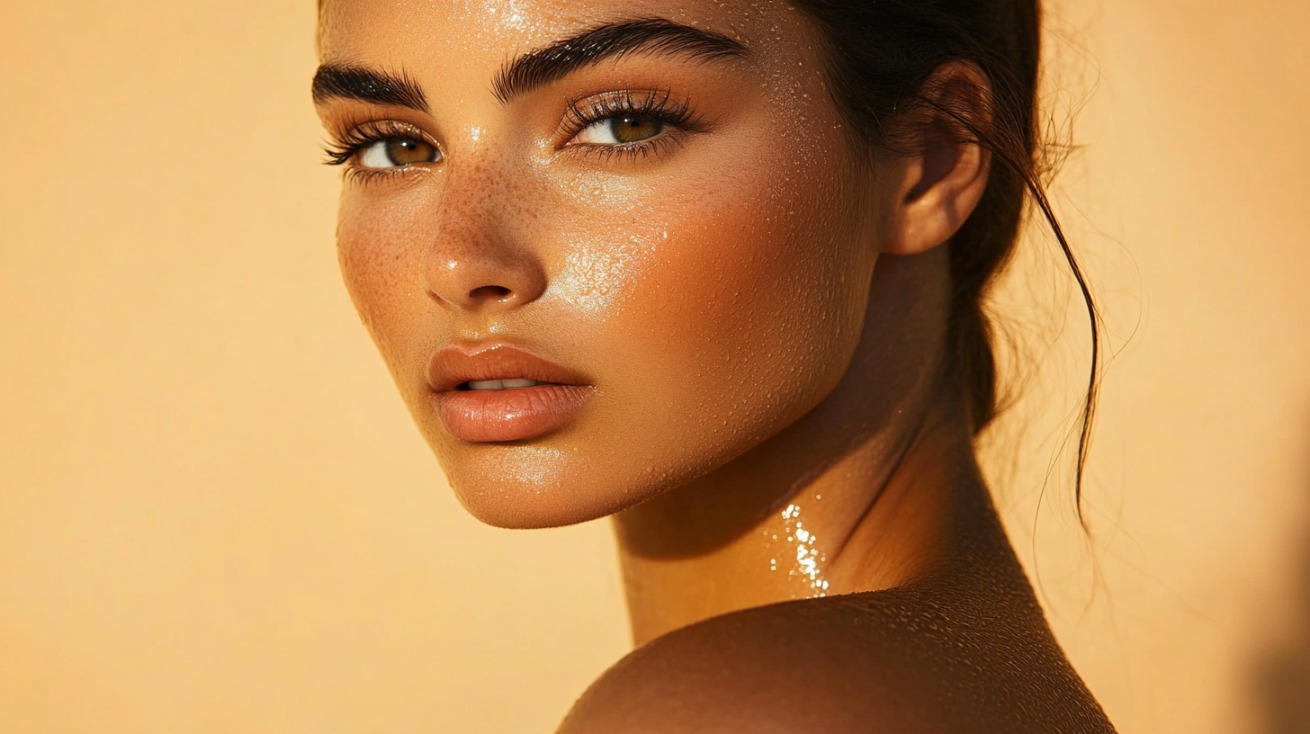
- Coconut oil – Known for its lightweight texture and antibacterial properties, it adds a silky finish while preventing flaking and irritation.
- Avocado oil – Packed with omega fatty acids, it penetrates easily and helps repair the skin barrier.
- Olive oil – Adds nourishment with its high concentration of squalene and antioxidants.
- Cocoa butter – Delivers intense hydration and helps even out skin texture.
- Vitamin E – Frequently added to prevent oxidative stress and support elasticity during and after sun exposure.
These ingredients not only keep the skin supple but also enhance the smooth, glossy finish tanning oils are known for.
Enhancers and Nutrients
Tanning oils often include additives aimed at amplifying melanin production and shielding the skin against UV-induced oxidative stress.
The goal is to deliver a darker tan in less time while minimizing visible skin damage.
Ingredients in this category are typically selected for their melanin-boosting and antioxidant properties.
- Tyrosine – An amino acid used to stimulate melanin activity in the skin.
- Carrot oil or carrot extract – Rich in beta-carotene, it may support pigment formation.
- Vitamin A – Promotes cell regeneration and helps maintain a healthy skin appearance.
- Vitamin C – Brightens and strengthens skin while providing some environmental protection.
- Vitamin E – Reinforces antioxidant defenses and improves hydration.
While these ingredients can deliver short-term aesthetic benefits, they do not shield the skin from the harmful effects of UV exposure.
Fast results often come with an increased burden on the skin’s cellular defenses. Products that include these compounds should still be paired with appropriate sun protection strategies.
The Promised Benefits

Tanning oils offer more than just a quick route to a darker skin tone. Many users are drawn to these products for two primary benefits:
- Rapid results
- Enhanced skin appearance
Accelerated Tanning
One of the most talked-about benefits is the speed at which tanning oils work. Designed to enhance UV penetration, these products shorten the time needed to achieve visible results.
For those aiming to develop a tan before a vacation, a social event, or during limited beach time, the promise of efficiency is hard to overlook.
However, the claim of “shorter sessions = safer exposure” can be misleading. Quick tanning still involves intense UV absorption, which may increase the potential for long-term damage unless SPF protection is adequate.
- Faster onset of visible color – Skin appears bronzed in fewer hours compared to natural tanning without enhancement.
- Even pigmentation – Oils allow for a smoother, more consistent tan across larger body areas.
- Convenience – Less time in the sun may feel more efficient for those with packed schedules.
- Preparation for special occasions – Many use tanning oils ahead of weddings, vacations, or photo shoots to achieve a desired look quickly.
Shortened exposure doesn’t always translate to lower risk. Without SPF support, quick tans may come at a higher cost to skin health.
Improved Skin Appearance

Aside from the bronzing effect, many tanning oils are designed to boost the skin’s appearance in other ways.
Glossy finishes and hydrated textures help create the illusion of youthful, radiant skin. Even before a tan sets in, users often report a smoother feel and a reflective glow that enhances tone and texture temporarily.
These visual improvements are largely due to the emollient base of most tanning oils. Natural ingredients like coconut oil, olive oil, and cocoa butter coat the skin in a thin, glossy layer, creating a surface that catches the light in flattering ways.
- Softer, more supple skin – Hydrating ingredients reduce flakiness and dry patches.
- Glossy finish – Skin takes on a highlighted look that appears polished in natural light.
- Temporary smoothness – Oils can create a softer surface that feels luxurious to the touch.
- Enhanced glow under sunlight – Reflection of sunlight boosts the visual impact of a tan in photos and in person.
Though these effects are often praised, they remain temporary. Long-term skin health and texture still rely on habits like proper hydration, sunscreen use, and limiting UV damage. A surface-level glow may mask early signs of sun stress, giving a misleading impression of health and radiance.
Choosing tanning oils for these visual benefits is common, but they should be used mindfully. Cosmetics can enhance what’s already there, but cannot undo the damage caused by UV overexposure.
The Risks and Downsides
Tanning oils promise a sun-kissed glow, but the potential consequences often outweigh the temporary visual benefits.
Increased UV exposure, inadequate protection, and long-term skin health hazards are key issues that deserve attention.
.Each risk is not just minor—it can shape the future condition of your skin.
Increased UV Exposure
Tanning oils are engineered to intensify ultraviolet radiation’s effects by allowing more rays to penetrate the skin.
That mechanism may speed up tanning, but it also accelerates harm. Once the skin receives an amplified dose of UV rays, its natural defense barriers struggle to cope.
- Sunburns develop faster due to intensified exposure.
- DNA damage occurs at the cellular level, affecting skin repair over time.
- Dehydration becomes more likely as UV radiation strips moisture rapidly.
Fine lines, uneven pigmentation, and coarse skin texture begin to form with repeated use. Collagen breaks down at a faster rate, leaving the skin less elastic and more prone to wrinkling.
Low or Absent SPF

Many tanning oils either offer minimal SPF coverage or none at all. SPF values under 15 provide little to no meaningful protection, especially during high-UV hours. When users rely on such oils without supplementing with proper sunscreen, damage accumulates quickly.
False security plays a dangerous role here. Some believe that a slight SPF presence is enough, but in practice, it rarely offers comprehensive coverage.
- Increased risk of sunburn even during short exposure.
- Extended tanning sessions due to perceived protection.
- Compounded long-term damage with regular use.
No glow is worth compromising skin resilience and immune function.
Skin Cancer Risk
Skin cancer doesn’t just come from extreme, isolated cases of sunburn. It results from prolonged and repetitive exposure that damages skin cells over time.
Tanning oils, by intensifying UV radiation, increase that likelihood dramatically. Risk multiplies when oils are used without proper protection or during peak sun hours.
- Basal cell carcinoma and squamous cell carcinoma develop after years of sun damage.
- Melanoma, the deadliest form, can form faster with intense exposure.
- Precancerous lesions may appear without symptoms but indicate damage is already underway.
No combination of antioxidants, vitamins, or moisturizing agents can reverse cellular mutations caused by UV rays.
How to Use Tanning Oils Safely
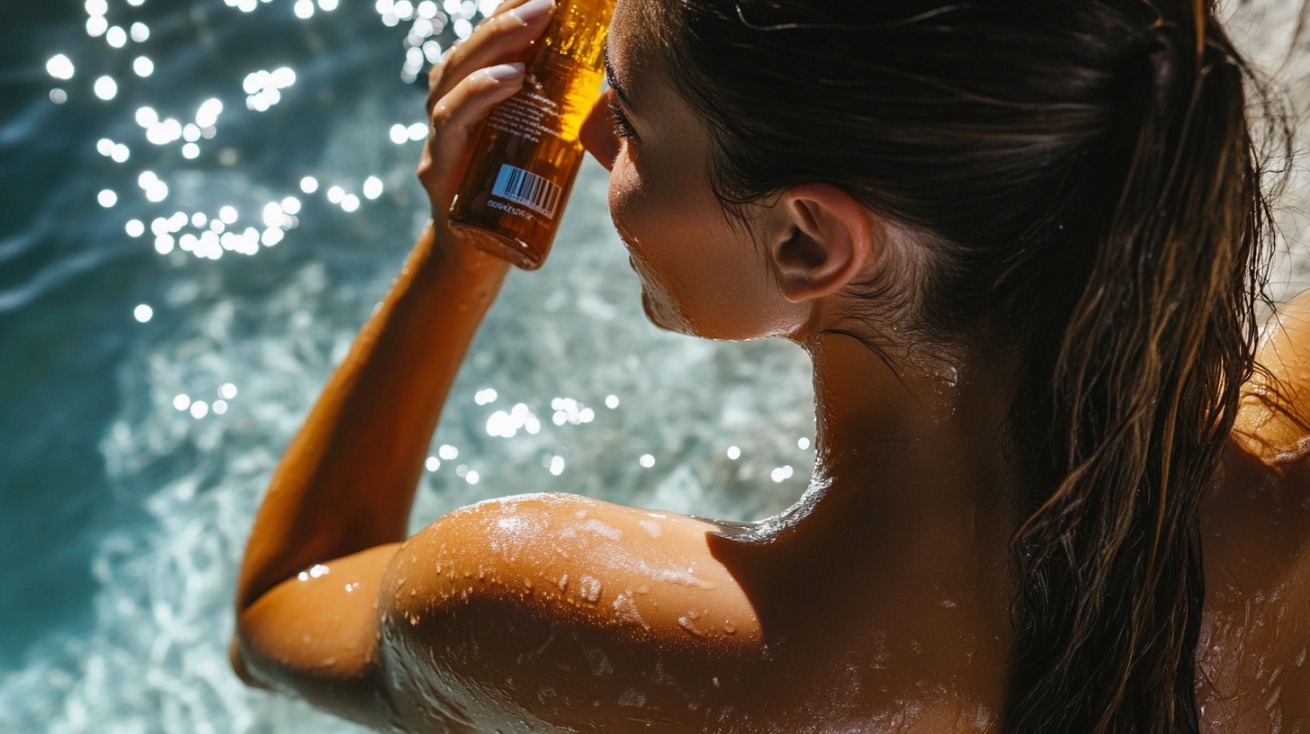
Tanning oils don’t have to be completely off-limits. Used carefully, they can provide cosmetic benefits without inviting long-term harm.
The key lies in combining proper SPF, strategic timing, and protective habits. These safe-use practices should be standard for anyone applying tanning oil.
Always Choose SPF-Infused Oils (SPF 30+)
Not all oils are created with skin protection in mind. Only use products labeled with SPF 30 or higher. Lower ratings offer minimal defense and should be avoided, especially during high-risk hours.
- Broad-spectrum protection, which covers both UVA and UVB rays.
- Water resistance, essential for beach or poolside use.
- Reapplication instructions, which help maintain consistent coverage.
Without these features, an oil may do more harm than good.
Combine with Broad-Spectrum Sunscreen
Tanning oils should never be used alone. A layer of broad-spectrum sunscreen must be applied first to establish a protective base. Sunscreen blocks a portion of harmful rays before tanning oil magnifies what’s left.
- Added UV protection without sacrificing tanning results.
- Less risk of sunburn due to increased shield strength.
- Smoother and more even skin tone by minimizing damage.
Reapply both sunscreen and tanning oil every two hours, or immediately after water exposure.

Timing and Application Tips
When and how you apply tanning oil significantly affects results and safety. Sun strength fluctuates throughout the day, and avoiding peak hours is one of the most effective protective measures.
- Exfoliate your skin at least 24 hours prior for even application.
- Apply with a mitt or glove to prevent uneven coverage and oily residue on hands.
Ideal timing:
- Early morning (before 10 AM) or late afternoon (after 4 PM).
- Avoid midday sun, when UV index peaks.
Small timing adjustments can lower risk while still providing the cosmetic results many desire.
Protective Measures
Tanning responsibly means taking breaks and caring for your skin throughout the process. Hydration, shade, and barrier clothing work together to minimize damage.
- Drink water consistently before, during, and after sun exposure.
- Use wide-brimmed hats, sunglasses, and light cover-ups when not directly tanning.
- Take shade breaks every 20–30 minutes to allow skin to recover.
Staying mindful of these practices preserves skin health and ensures that sun exposure doesn’t translate into permanent damage.
The Bottom Line
Tanning oils can create fast, visually pleasing results, but often at the expense of long-term skin health. Many come without sufficient sun protection and can encourage excessive UV exposure.
A golden glow might be appealing, but safety should never take a back seat. Make informed decisions, and let skin care go hand in hand with sun care.
Related Posts:
- How Heavy Is a Hot Tub and Is It Safe to Move Alone?
- How Much Does a Hot Tub Weigh and Can You Move It By…
- Struggling with Dry and Oily Skin? Your Products May…
- Does St Tropez Expire - When to Say Goodbye to Your Tan?
- Is Dabur Gulabari Rose Water Safe for Culinary Use?
- Does Self Tanner Expire? - Learn About Shelf Life



